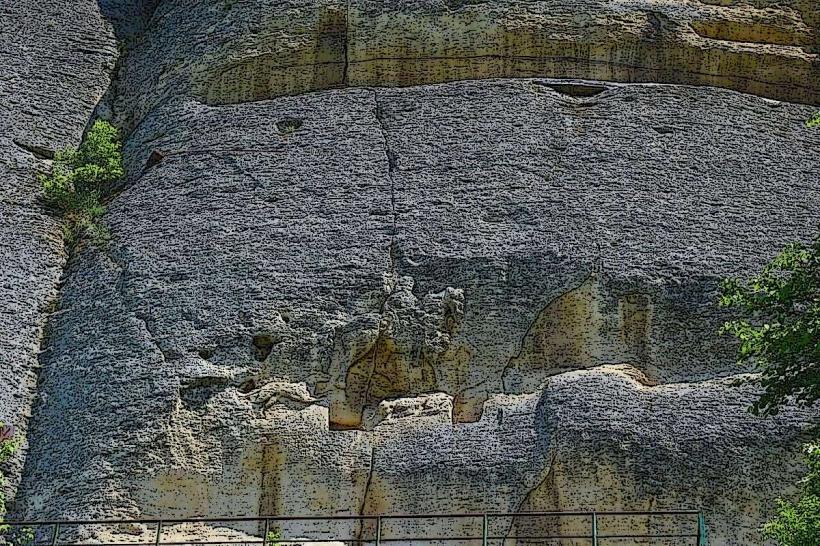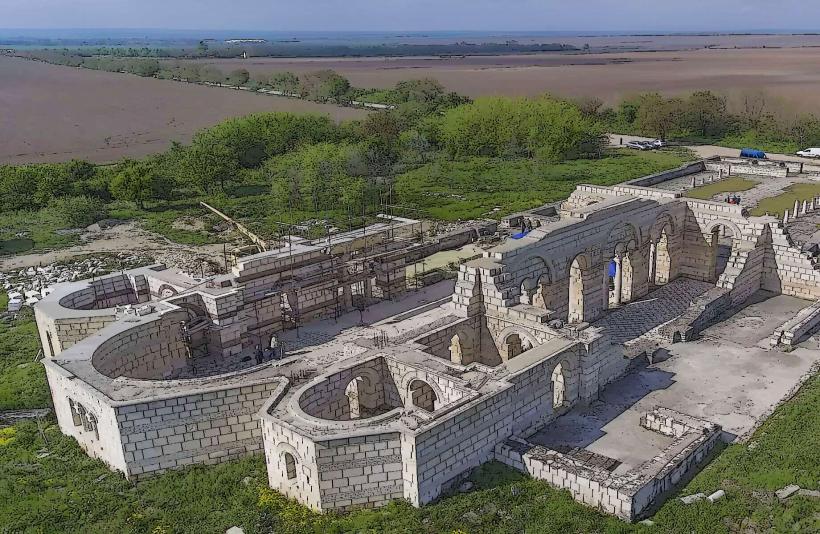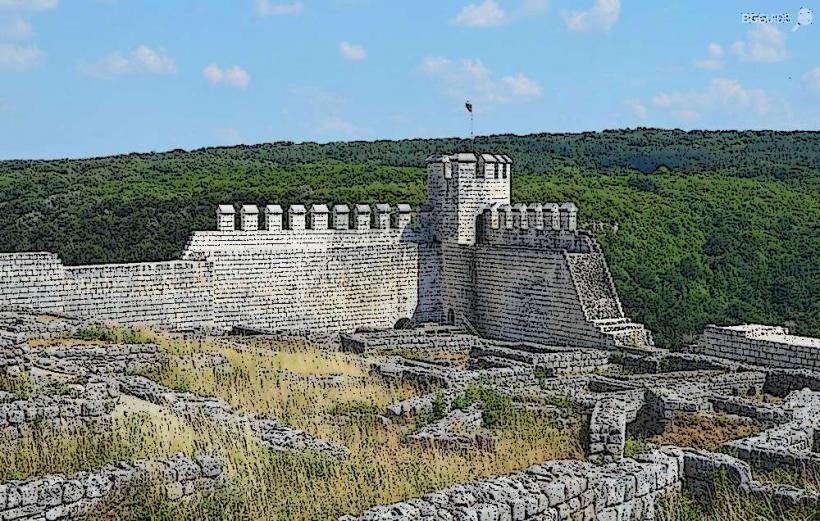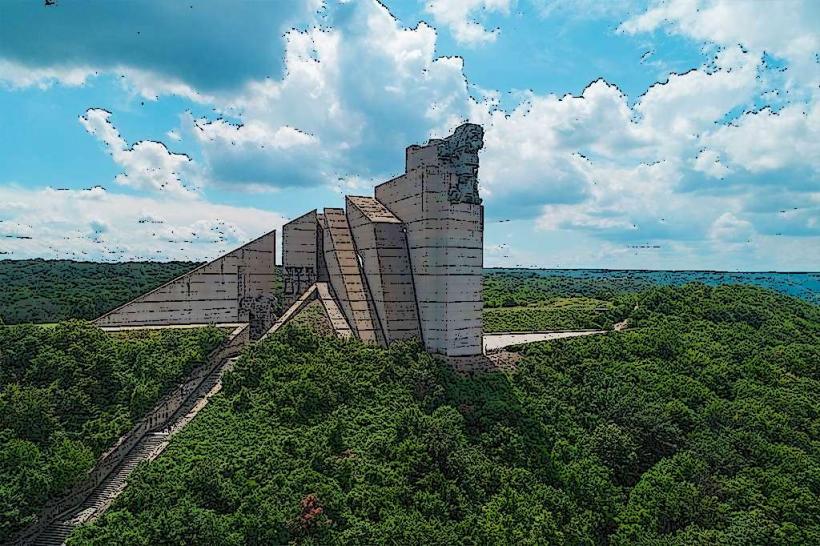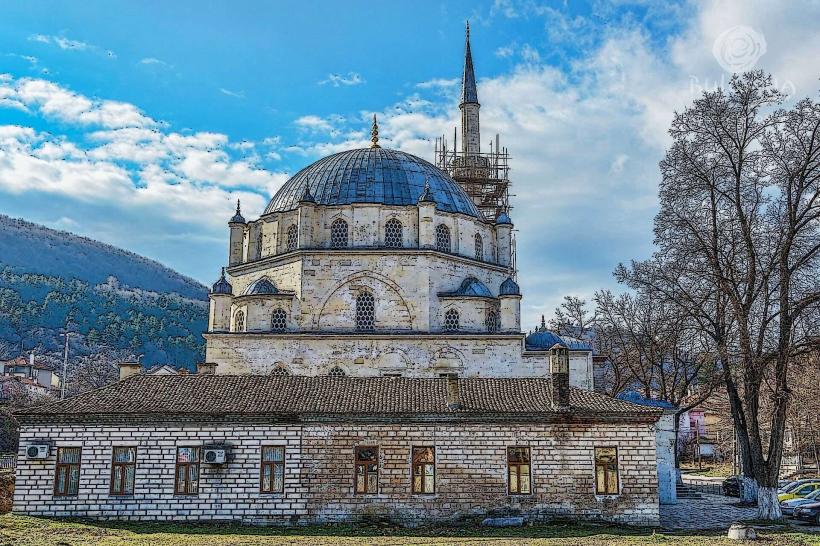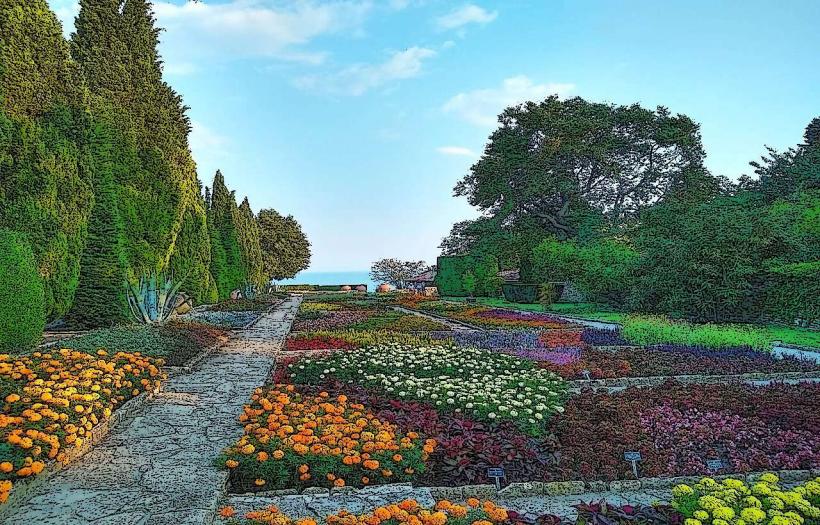Information
Landmark: PreslavCity: Shumen
Country: Bulgaria
Continent: Europe
Preslav, known as Veliki Preslav or "Great Preslav," is one of Bulgaria's most important historical cities. It was the second capital of the First Bulgarian Empire after Pliska, serving as a major political, cultural, and spiritual center during its golden age in the 9th and 10th centuries. Preslav is located near modern-day Shumen, in northeastern Bulgaria.
Historical Overview:
Foundation:
- Preslav became the capital of the First Bulgarian Empire in 893 AD, during the reign of Tsar Simeon I the Great.
- It was developed to rival the grandeur of Constantinople, reflecting the flourishing Bulgarian culture of the time.
Golden Age of Bulgaria:
- Under Tsar Simeon I, Preslav was the heart of the Bulgarian Golden Age, a period marked by cultural and literary advancements.
- The city housed scholars and writers who contributed to the development of the Old Bulgarian (Cyrillic) script and Slavic literature.
Decline:
- In 971 AD, Preslav fell to the Byzantine Empire during their campaigns against Bulgaria, leading to its decline as a capital.
- It later lost significance during the Second Bulgarian Empire as Tarnovo became the capital.
Architectural and Archaeological Highlights:
Outer and Inner Fortifications:
- The city was divided into an outer city and an inner fortress, enclosed by impressive stone walls.
- The outer city covered approximately 5 square kilometers, housing residential areas, workshops, and markets.
The Round (Golden) Church:
- One of Preslav’s most iconic monuments, the Golden Church, is renowned for its unique round design and rich decoration.
- It was built as part of Tsar Simeon’s efforts to showcase the empire’s wealth and piety.
Royal Palace:
- The ruins of the Royal Palace reveal the grandeur of Bulgarian architecture, featuring large halls, colonnades, and decorative stonework.
Ceramics and Art:
- Preslav was famous for its painted ceramics, including icons, tiles, and decorative elements, which represent some of the finest medieval Bulgarian art.
Cultural and Religious Importance:
Literary Center:
- Preslav was home to the Preslav Literary School, a leading institution in medieval Slavic culture.
- Scholars like Constantine of Preslav and John the Exarch contributed to the translation of religious texts and the creation of original works.
Christianization:
- Preslav played a key role in the Christianization of Bulgaria, becoming a center of Slavic Orthodox Christianity after the adoption of Christianity in 864 AD.
Visiting Veliki Preslav Today:
Preslav Archaeological Museum:
- Displays artifacts from the city, including ceramics, jewelry, and inscriptions, offering insights into its history.
Golden Church:
- The remains of this architectural masterpiece are a highlight of the site, showcasing the sophistication of medieval Bulgarian design.
Archaeological Reserve:
- The area includes ruins of the outer and inner city, the royal palace, and religious structures.
Nearby Attractions:
- Visitors often pair a trip to Preslav with a visit to Pliska, the first capital, and the Madara Rider, a UNESCO World Heritage Site.
Accessibility:
- Preslav is located approximately 20 kilometers southeast of Shumen and is accessible by road. It is a key destination for history enthusiasts exploring Bulgaria’s medieval heritage.
Preslav remains a testament to the First Bulgarian Empire's cultural and political achievements, embodying the splendor of the Bulgarian Golden Age.

